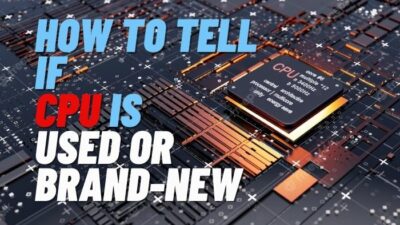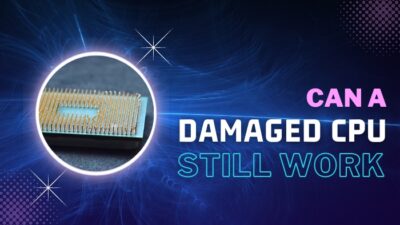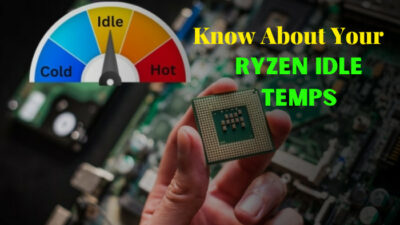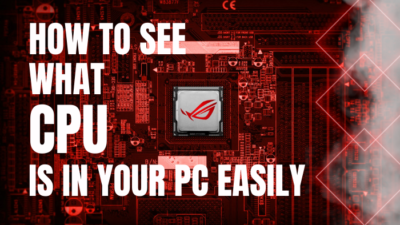The ROM is a part of the motherboard and vital for your computer’s small but crucial instructions.
Read-only memory gives you an idea about the possibility of writing data to ROM. But, modern ROMs have evolved a lot from their predecessors and have advanced capabilities.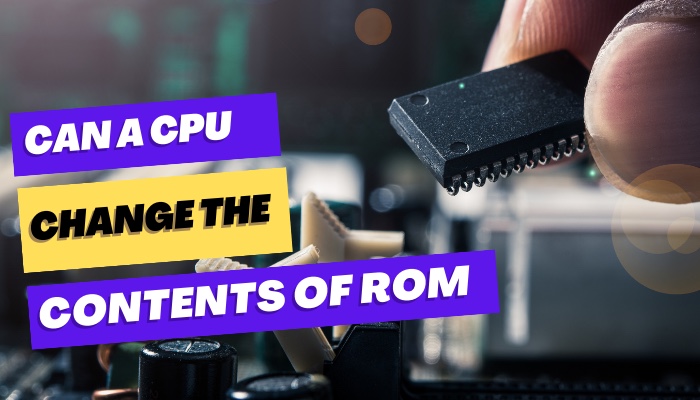
So, is it really possible to change modern ROM content using the CPU? Well, I am fascinated by your desire to know and have answered all your questions below.
Let’s begin.
What is ROM?
Read-only memory or ROM is a non-volatile memory type, which permanently writes the received data in its chip. It’s used in a computer to store programming data, instructions, and software that doesn’t need to change during the lifetime of the system.
The read-only memory is like a book. You can read and use the information, but can’t modify or alter the written data. If you want to make changes, you have to start from scratch, just like writing a book on your own.
The ROM is also known as firmware and saves the necessary operating commands to boot up your device. It also helps to accomplish major input/ output tasks of your computer.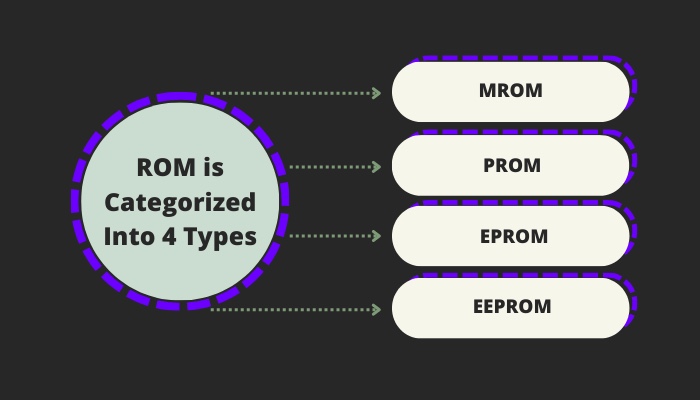
ROM is categorized into 4 types, and they are:
- MROM (Masked read-only memory).
- PROM (Programmable read-only memory).
- EPROM (Erasable programmable read-only memory).
- EEPROM (Electrically erasable programmable read-only memory).
The ROM is an old data storage medium, and its usage is decreasing day by day on modern PCs. Computer technology is evolving and starting to use more advanced flash memory.
A type of flash memory is the SSD, which is expensive compared to traditional HDDs. Read on to know why.
Can a CPU Change the Data of ROM?
No, a CPU or processor can’t change the contents of a ROM. The ROM is a read-only memory and can be written once during the manufacturing process. After the production phase, the data stored in the chip is unchangeable, and the CPU can’t make any modifications to it.
There are massive differences between RAM and ROM. Generally, the data in ROMs are permanent. But, the newer EPROM and EEPROM are rewritable by erasing the data using ultraviolet light and an electric field.
To modify or change the current data in ROM, there’s no need for a CPU. Moreover, a processor can’t directly access the read-only memory.
When the CPU requires data, ROM transfers it to RAM and later the processor accesses it from Random Access Memory (RAM).
So, there’s no straight connection between the CPU & ROM, and the processor can’t make any changes to the present content of the ROM.
A processor works together with RAM to make your computer funtion normally. To learn how they work, check our separate article.
Is ROM a Part of the CPU?
No, the ROM (read-only memory) is a non-volatile memory and not a part of the CPU or processor. Rather, it’s part of the motherboard and connected as a chip. The ROM is soldered to the motherboard and comes assembled from the manufacturer to the customer.
Similar to the other PC components like RAM and CPU, the ROM is directly connected to the motherboard. It stores crucial and permanent data in its memory.
There’s no straightforward communication method between the CPU and ROM. When you turn on the computer or the CPU needs to access content, the ROM sends data to the RAM, and the processor accesses it from the RAM.
The ROM and CPU are physically separated PC components with different functions and memory properties. They have numerous dissimilarities and are not a part of each other.
You may also ask if the CPU comes with the motherboard. Read our separate article to know this.
Frequently Asked Questions
Can the contents of ROM be changed?
No, the ROM is a read-only memory, and it can’t be changed after the manufacturing process.
Can the CPU access ROM?
No, the CPU can’t directly access the ROM. The processor has to take the assistance of RAM to access the information stored in the ROM.
Where is ROM located?
The ROM (read-only memory) is located in the microchip within the desktop or laptop motherboard.
Conclusion
CPU and ROM both are vital for your computer. They help to execute instructions and run your PC without any issues.
But, the ROMs data is permanent and can’t be changed with the CPU, not even after turning off your PC.
I hope this article has answered all your questions and gathered useful information. If you’ve liked this post, don’t forget to share them in the comment box below.
Cheers!

